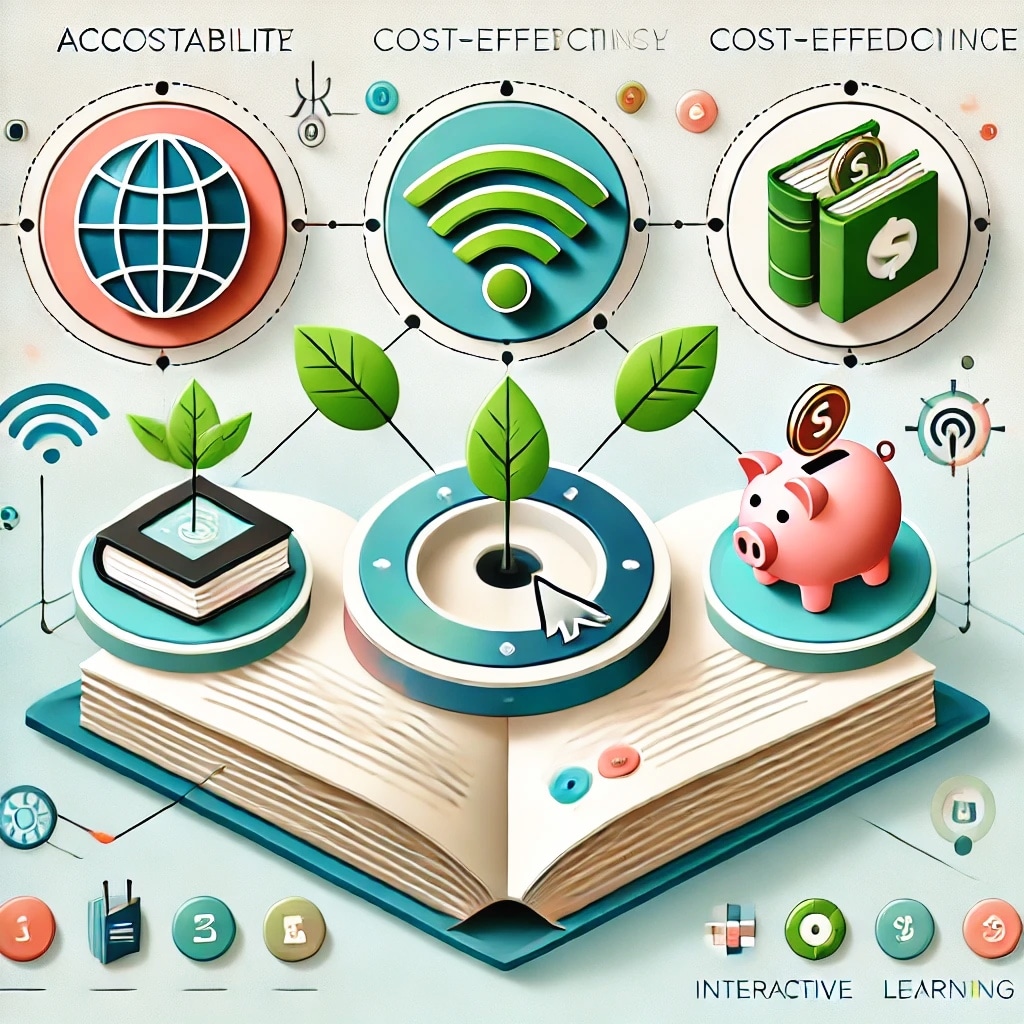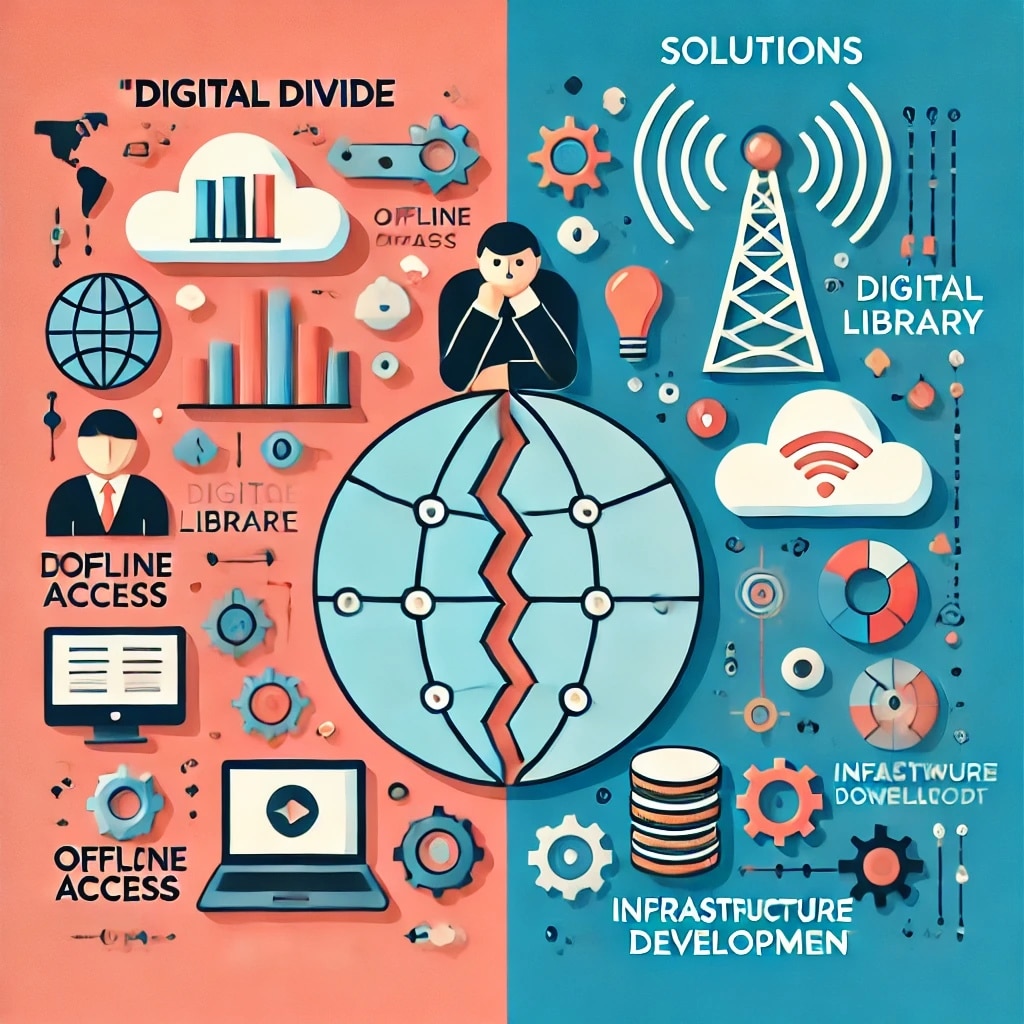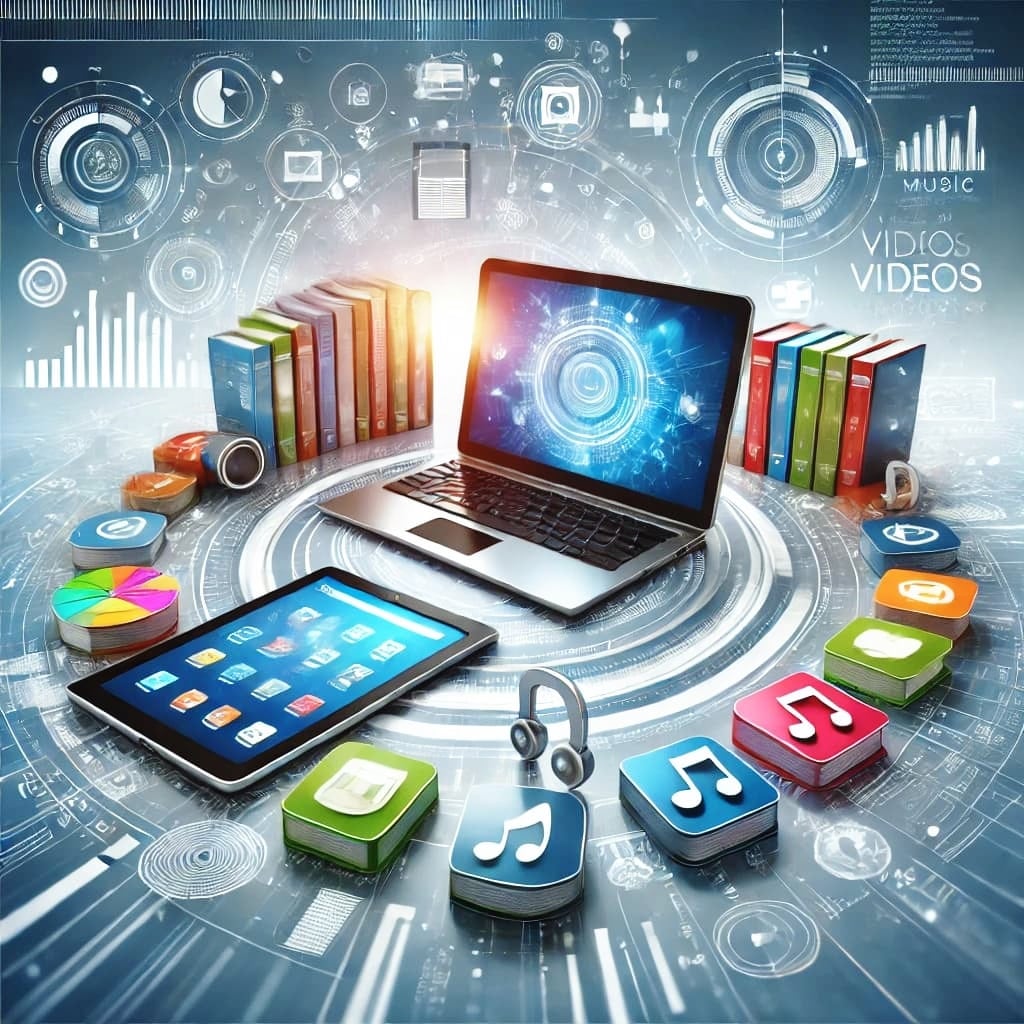In this new technology era, the idea of libraries has significantly changed. They have now transformed from physical repositories of books to digital platforms catering to the changing needs of students, educators, and professionals. A digital library application like that of Mintbook is doing all this to make access to knowledge easy, efficient, and inclusive. The presence of such evolution in the field of libraries is mainly discussed in this blog concerning digital libraries, its importance in the modern education system, and how Mintbook’s Digital Library Application is going to revolutionize learning in the future.
What is a Digital Library Application?
A digital library application is a storehouse that facilitates keeping and providing access to digital content, such as e-books, research papers, audio files, videos, etc. Unlike conventional libraries that require physical visitation for their use, digital libraries allow users to reach that resource at any time and from anywhere using internet-enabled devices such as smartphones, tablets, or computers.
The overall purpose of digital library applications is to democratize knowledge and overcome geographic, economic, and physical barriers. They serve many segments, be it students, researchers, educators, or lifelong learners, bringing them to a personalized-level curated experience of learning.
Features of a Digital Library Application
A strong Digital Library Application, like the one offered by Mintbook, comes with functionalities that ensure it is easy to use and efficient:
- Vast Variety of Materials: It consists of e-books, journals, audiobooks, videos, and engaging learning resources spanning numerous topics and categories.
- Search and Filtering Features: Enhanced search tools simplify finding particular
- Customized Learning: Individuals can set up accounts, save preferred resources, and monitor their learning journey.
- Interactive Learning Resources: Elements such as quizzes, discussion boards, and progress monitors boost user involvement.
- Multi-Language Support: Digital libraries accommodate users with varying language
- Offline Access: Many digital library applications allow users to download resources for offline use, ensuring uninterrupted learning.
- Data Analytics: Advanced analytics provide insights into user behavior, helping libraries refine their offerings.
Advantages of Digital Library Applications
1. Accessibility
Digital libraries break barriers of time and place. No matter if you’re in a quiet village or a busy city, information is merely a click away. This availability guarantees equal chances for students worldwide.
2. Cost-Effectiveness
Traditional libraries require significant investments in infrastructure, maintenance, and physical books. A digital library software application minimizes these costs, offering a sustainable alternative.
3. Vast Repository
Unlike physical libraries with limited space, digital libraries can store millions of resources in various formats, ensuring a rich and diverse repository.
4. Interactive and Engaging
Digital libraries offer interactive features such as videos, quizzes, and discussion forums, creating an engaging and dynamic learning experience.
5. Eco-Friendly
Digital libraries aid in environmental preservation by minimizing the necessity for printed materials, supporting the worldwide movement toward sustainability.
6. Personalization
Tailored recommendations based on user preferences ensure a more focused and effective learning experience.

Role of Mintbook’s Digital Library Application
Mintbook has been a pioneer in digital library solutions, with the most advanced Digital Library Application for modern learners and organizations. These features make it an ideal choice for an academic institution, enterprise, and government organization as they draw the user to this platform.
Key Highlights of Mintbook’s Digital Library Application
1. Comprehensive Content Repository
Mintbook’s application provides access to an extensive library of digital content, ranging from academic resources to professional skill-building materials.
2. Customizable Solutions
Mintbook understands the diverse needs of its users. Its digital library application can be customized for schools, colleges, corporate training programs, and public libraries.
3. Multi-Platform Accessibility
The application is compatible with various devices, ensuring seamless access for users regardless of their preferred technology.
4. Skill Development Focus
Mintbook goes beyond traditional learning by offering resources for skill enhancement, ensuring users are prepared for the demands of the modern workforce.
5. Government and CSR Initiatives
Mintbook collaborates with government bodies and corporations to implement digital library solutions as part of education and CSR initiatives, bridging the digital divide in underserved regions.
Digital Library Application in Education
In the education sector, digital libraries are transformative tools that empower both students and educators.
1. For Students
- Access to Current Materials: Digital libraries make the newest research and study materials accessible to students.
- Self-paced learning: Students can learn whenever they want and review concepts as necessary.
- Different Modes of Learning: Audiobooks, videos, and interactive materials let different learning styles thrive.
2. For Educators
- Resource Curation: Teachers can curate and share relevant resources with their students.
- Professional Development: Educators can access training materials and research to enhance their skills.
- Collaboration: Digital libraries enable collaboration among educators, fostering knowledge sharing.
Challenges and Solutions in Implementing Digital Library Applications
While digital library applications offer numerous benefits, they also come with challenges:
1. Digital Divide
Not everyone has access to devices or high-speed internet. Mintbook addresses this by offering offline access and collaborating with governments to improve digital infrastructure.
2. Resistance to Change
Some users may prefer traditional libraries. Mintbook focuses on user-friendly interfaces and extensive support to ease the transition.
3. Data Security
Protecting user data is critical. Mintbook employs robust security measures to safeguard user information.
4. Content Overload
An overwhelming amount of content can confuse users. Mintbook’s personalized recommendations and advanced search tools ensure users find relevant resources effortlessly.

Future of Digital Library Applications
As technology evolves, digital library applications are poised to become even more advanced. Trends to watch include:
1. AI and Machine Learning
AI will take on a greater role in content suggestions, forecasting learning routes, and engaging functionalities.
2. Virtual and Augmented Reality
Immersive technologies will enhance learning engagement, allowing users to participate in virtual classrooms and interactive simulations.
3. Blockchain for Copyright Management
Blockchain technology might streamline content licensing and guarantee secure transactions between creators and libraries.
4. Gamification
Integrating gaming aspects can enhance the interactivity and enjoyment of learning, encouraging users to participate more thoroughly.
Conclusion
A Digital Library Application is a powerful gateway to limitless opportunities.
Mintbook’s application excels in providing personalized learning and sustainability, redefining access to knowledge. Catering to students, educators, and professionals ensures essential resources are readily available. Embrace Mintbook’s Digital Library Application as your partner in knowledge, growth, and success.

